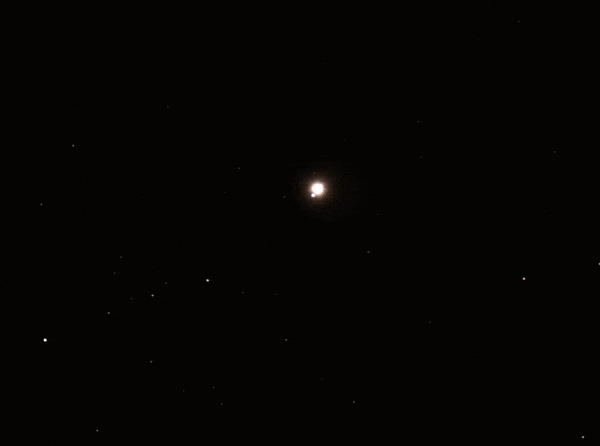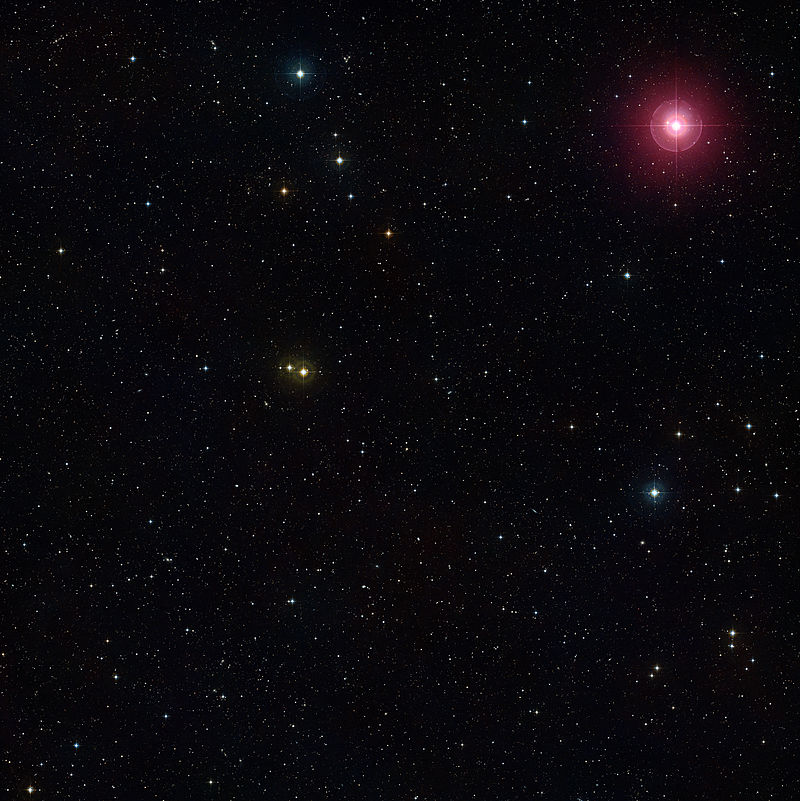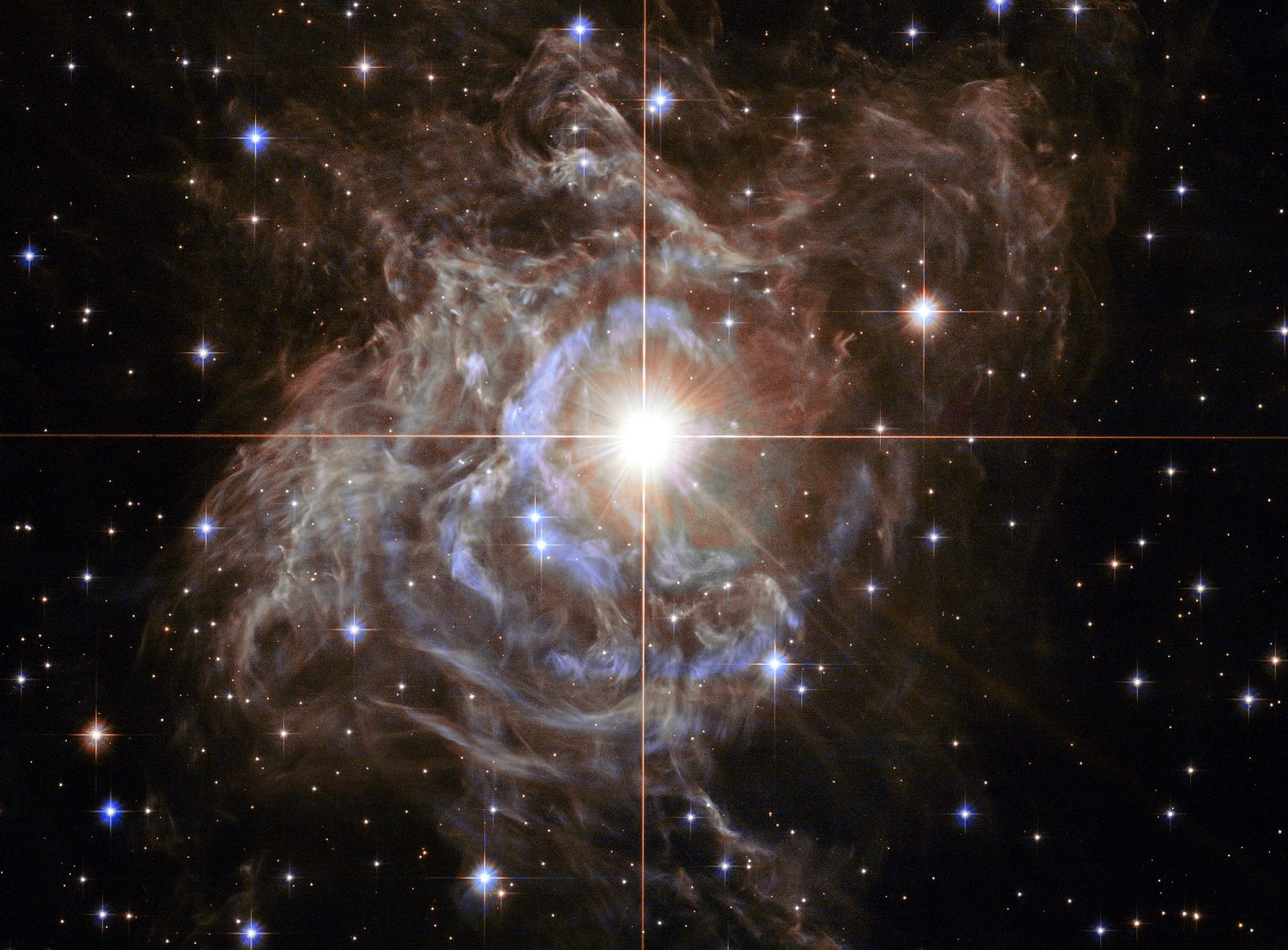What do two guys from Ohio, the GAIA mission, a worldwide network of ground-based telescopes, machine learning, and citizen scientists all have to do with each other? Thanks to this interesting combo of people and computers, astronomers now have more than 116,000 new variable stars to study. Until now, they knew of about 46,000 of these stars in the Milky Way Galaxy. They had observed maybe 10,000 or so in other galaxies. The discovery gives astronomers even more chances to study variables and understand why they behave the way they do.

Ohio State University astronomer Collin Christy and Ph.D. student Tharindu Jayasinghe recently published a paper discussing their discovery of this new trove of variable stars. Christy described the importance of these objects to astronomers. “Variable stars are sort of like a stellar laboratory,” he said in a press release statement. “They’re really neat places in the universe where we can study and learn more about how stars actually work and the little intricacies that they all have.”
Combing through Data to Find Variable Stars
It turns out variables can be somewhat elusive. That’s partly because lots of things flicker in the Universe. Supernovae flare up quickly and fade. Novae do the same thing. These don’t happen on a predictable basis, though. Variables, however, brighten and dim quite regularly. Some are bright and quite obvious, like the star Polaris (our North Star) or the variable Algol in the constellation Perseus. Others, like the Sun, change in brightness so slightly that their activity takes special techniques to measure. So, what’s a good way to sort variables out from the other things that go “blink” in the night?
It helps to start out with data about a lot of stars. Christy and collaborator Jayasinghe accessed a catalog of stellar information from the space-based GAIA mission. They also used data from the 2 Micron All Sky Survey (2MASS) and ALLWISE (a wide-field infrared data repository from the WISE mission). That gave them a huge database of stars to sift through looking for targets. It also presented a big challenge. “If you want to look at millions of stars, it’s impossible for a few humans to do it by themselves. It’ll take forever,” said Jayasinghe. “So we had to bring something creative into the mix, like machine learning techniques.”
Handling that much survey data is a process tailor-made for machine learning and artificial intelligence. Computers can run through data fairly quickly, but they need good data. The human touch was still necessary because some of the data were bad, which confused the machine learning algorithms.
Separating JUNK from Variables
Citizen scientists stepped in to help identify information about objects that weren’t variable stars. This data became known as the “JUNK data.” Christy noted this phase of the project was absolutely essential. “Having people tell us what our bad data looks like is super useful because initially, the algorithm would look at the bad data and try to make sense of it,” Christy said.
Eventually, between sorting out the JUNK data and running verified information through machine learning, the astronomers had about 400,000 variables to observe. The team turned to the All-Sky Automated Survey for Supernovae (ASAS-SN) telescope network to observe the variable star candidates. The survey’s ground-based telescopes were fitted with blue-sensitive g-band filters to look for the variables. More than half were already known to astronomers, but an amazing 116,027 of them turned out to be new discoveries.

The JUNK datasets now modify and improve the algorithms in the machine learning program. “This is the first time that we’re actually combining citizen science with machine learning techniques in the field of variable star astronomy,” said Jayasinghe. “We’re expanding the boundaries of what you can do when you put those two together.”
Variable Stars: Some Background
It turns out most stars are variables. Astronomers want to know why. Variability is a major clue to activity inside or on the surface of a star throughout its life. It might swell and then shrink on a regular schedule. That, of course, changes its luminosity. It could have a big star spot that causes the star to look dim as it rotates. Stars that vary due to those processes are called “intrinsic” variables.
A star could also change brightness due to something happening around it. It might go dim because something is orbiting it. That could be a nearby companion star. Or, it might have a huge planet that blocks the star’s light as it orbits. Such a star is called an “extrinsic” variable because something outside of it is causing its brightness to vary.
Studying and Classifying Variable Stars
Astronomers study variables using several methods. Of course, they look at them in visible light. They can also use photometry (which measures brightness fluctuations). Spectroscopy (which breaks the light from a variable into its component wavelengths) gives information about the star’s temperature, rotation rate, and other characteristics. These and other techniques allow astronomers to classify variables into a number of subsets, such as Cepheids, Miras, eclipsing binaries, double stars, and others.

There is also a large group of amateur observers who measure the changing brightness of variables. These folks regularly produce very competent data sets tracking maximum and minimum brightnesses of such stars. Many of these citizen scientists are affiliated with the American Association of Variable Star Observers (AAVSO). Some also work as part of a citizen science program affiliated with the ASAS-SN survey.
Variable Stars: from Bad Luck to Good Science
Variables have been known and observed since antiquity. There’s some interesting evidence that ancient Egyptian skywatchers used the weirdly varying brightness of the star Algol to predict “unlucky” days. Presumably, they used this information to advise the Pharaoh and other members of the nobility. That same variability was noticed by other cultures and many seemed to associate it with a calamity of some kind.
Fast-forward a couple of thousand years, and the scientific nature of variable stars interested astronomers. The first serious studies of variables began in the 1600s and continue to this day. As an example of what we now know, Algol is really an eclipsing binary in a three-star system. Two of the stars orbit a common point, and one regularly passes in front of the other. That causes Algol to periodically brighten and dim.
In the 20th century, astronomer Henrietta Leavitt charted the periods of brightening and dimming of nearly 2,000 variable stars. That included nearly 50 Cepheid variables. (Cepheids are named after the star Delta Cephei, which is the prototype of certain variables that expand and shrink (and thus brighten and dim) on a very regular schedule.) Leavitt used her data to develop the period-luminosity law. That links the luminosity of a pulsating variable to its pulsation period. Using that law, astronomers can use variable stars, especially Cepheids, as “standard candles” to calculate distances in space.
Variable Stars Expand Our Perception of the Universe
Astronomer Edwin Hubble cited Leavitt’s work when he published his observations of a Cepheid variable in the “Andromeda Nebula” (as that galaxy was then known). His discovery established the distance to Andromeda and opened up our understanding of cosmic distances in the Universe. It wouldn’t have been possible without precise studies of variable stars.
Leavitt’s and Hubble’s work basically opened up the cosmos for us. With the combo of machine learning, big surveys, citizen science, and other tools of astronomy, the field of variable star study will continue to expand our understanding of these flickering stellar lights in the dark.

